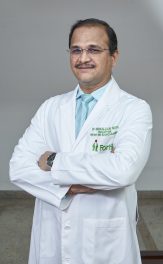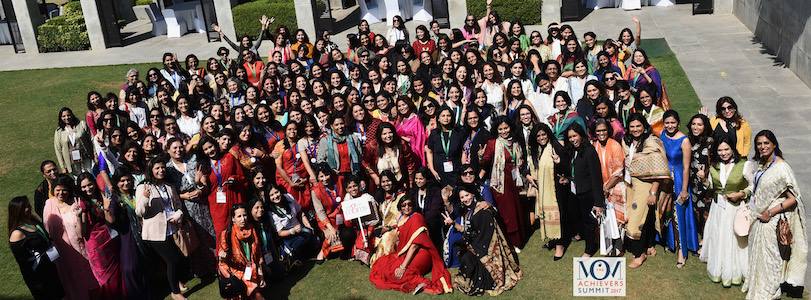To survive any cancer, early detection is best protection. Regular monthly breast self-examination (BSE) can save many lives.
Breast cancer is the number one cancer among Indian females with incidence of 26 to 41 cases per 100,000 women and mortality rate of 13 to 18 per 100,000 women. It contributes to nearly 30% of all cancers among women. Almost 48% of patients are of below 50 years with increasing number of patients being detected in the 25 to 40 years of age group.
What are the risk factors for breast cancer?
Cause for breast cancer are multifactorial and complex. There is no single direct cause for breast cancer. Common risk factors include being female (male breast cancer accounts to only 1% of the all breast cancers), early menarche, late menopause, late marriage/pregnancy (>30 years), not having babies (nulliparity), not doing breast feeding, obesity with increased body mass index (BMI), sedentary lifestyle, low physical activity, elderly age, history of hormone replacement therapy (HRT), family history of breast/ovarian cancer, inheritance of BRCA1, BRCA2 gene mutation, urban living, tobacco and alcohol consumption and high fatty diet. One should go for screening evaluation after 40 years of age, if they have any significant risk factor.
What are the symptoms of breast cancer?
Common symptom of breast cancer is not pain. Painful lumps are less likely to be cancerous. One may not have any symptoms at all. So, do not wait till you develop pain in any lump. The common symptoms are any lump in the breast or underarm (armpit), thickening or swelling of skin or part of the breast, dimpling of breast skin, redness or flaky ulcerated skin in the nipple area, retraction or pulling in of the nipple, deviation of nipple, orange peel appearance (peau-de-orange) of breast skin, bloody or watery nipple discharge, any change in the size or the shape of the breast.These symptoms may also happen with many other conditions that are not cancer. One should consult doctor if they notice any of these changes in the breasts.
How to investigate and diagnose breast cancer?
Evaluation includes clinical examination by the doctor, imaging of the breasts by mammogram, ultrasound or MRI of breasts then tissue confirmation by core biopsy or FNAC (fine needle aspiration cytology). Once the diagnosis is confirmed then staging workup is done with relevant investigations (like ultrasound, X-ray, CT scan, MRI, bone scan or whole body PET CT scan).
How can we reduce the risk?
Breast cancer risk can be reduced by maintaining a healthy weight, regular exercise, being stress-free, taking adequate rest and sleep, avoiding smoking and alcohol. Avoid hormone replacement therapy if possible. Preferably get married and have children before 30 years of age. Adequately breastfeed your children. Counsel with the doctor if you have proven BRCA1 and BRCA2 gene mutation.
How can we detect breast cancer early?
Early detection is the best protection for any cancer. Monthly breast self-exam (BSE) should be done by every lady who is above 25 years of age. Lots of BSE videos are available on social media. One should do self-examination every month. Consult doctor if you detect any doubtful changes. If you are above 40 or at a high risk for breast cancer, you should go for an annual mammogram and physical exam by an expert doctor. Earlier the breast cancer is detected and treated, the better are the chances of curing it completely.
This content is from our Health Partner FMRI
Article by
Dr. Niranjan Naik
Director – Surgical Oncology, FMRI, Gurugram
Fortis Memorial Research Institute, Sector – 44, Opposite HUDA City Centre, Gurugram, Haryana 122002
I Ambulance: 105010 I www.fmri.in






